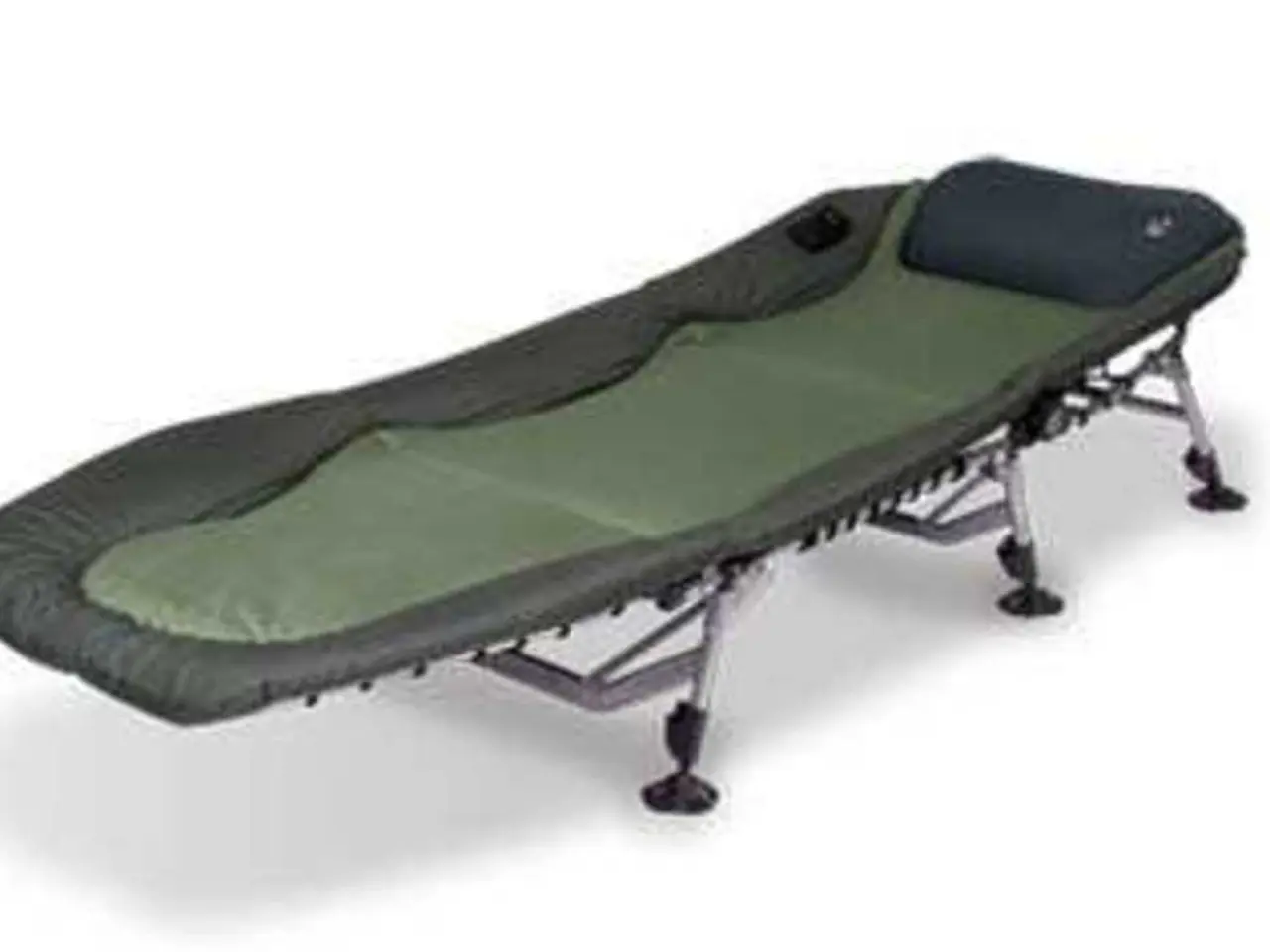Strategies for Quick Ankle Sprain Recovery: Insights for Swift Healing
Sprained ankles, a common injury among sports enthusiasts, can be managed effectively at home with the right care and treatment. Here's a guide to some key methods that can significantly aid in recovery and reduce the risk of re-injury.
## Effective Home Treatments
The RICE method (Rest, Ice, Compression, and Elevation) is often recommended by doctors to reduce swelling and inflammation in the days following an injury. Resting the ankle by avoiding putting weight on it is crucial. Applying ice to reduce pain and swelling, though some argue it may interfere with healing processes, can be beneficial. Compression using bandages like ACE or Coban can minimize swelling while ensuring blood circulation, and elevating the ankle above the level of the heart can help reduce swelling.
Over-the-counter pain medication, such as ibuprofen or acetaminophen, can help manage pain and inflammation. Once the initial pain and swelling have subsided, performing exercises to improve ankle strength and stability, such as moving the ankle in circles or spelling the alphabet with the toes, can be beneficial.
Encouraging healthy circulation and ensuring good nutrition can support the healing process. This can be achieved through gentle movements and maintaining a balanced diet to help the body repair damaged tissues.
## How These Treatments Help with Recovery
The treatments mentioned help alleviate immediate discomfort, allowing the ankle to heal more efficiently. They reduce pain and swelling, restore mobility, and promote healing by supporting natural healing processes, like increasing circulation and nutrient delivery to the affected area.
## Reducing Re-Injury Risk
Regular exercises to strengthen the ankle muscles and improve stability can significantly reduce the risk of future sprains. Wearing appropriate footwear and using supportive devices (like ankle braces) during activities can help prevent re-injury. Incorporating regular ankle-strengthening exercises into your routine can help maintain ankle stability and prevent future sprains.
If the swelling goes down, applying a heat pack for 15-20 minutes at a time can further aid in the healing process. However, do not use heat while the ankle is still swollen, as this can increase inflammation and slow healing.
A physical therapist can perform an exam of the person's ankle to identify weak muscles and other issues that can cause pain and increase the risk of injury, and create a customized exercise plan that promotes healing and eases pain.
If a temporary brace or bandage is available, it can support the joint and prevent it from moving. If the pain is mild and a person prefers home treatment, they can wait a day or two. If the swelling does not go down or the pain gets worse, they should see a doctor.
Exercise can restore strength and balance, while preventing the muscles in the area from weakening, reducing the risk of another sprain. Walking can promote healing, but it may require a person to hold the injured ankle in an unusual position or twist the body to avoid putting excess weight on the joint.
In conclusion, with the right care and treatment, sprained ankles can be managed effectively at home. Always remember to consult a healthcare professional if the pain persists or worsens, or if there is any concern about the severity of the injury.
- Type of disease like bipolar or diabetes might require specific therapies and treatments, while a sprained ankle can be managed effectively at home.
- Rest is crucial for a sprained ankle, just like it's important to rest in cases of mental health conditions like depression.
- Compression using bandages can minimize swelling, similar to how other joint pain due to arthritis or hepatitis inflammation might be managed.
- Ibuprofen, a common over-the-counter pain medication, can help manage pain and inflammation not only from a sprained ankle, but also from conditions like Crohn's disease or psoriatic arthritis.
- Nutrition plays a key role in the healing process, whether it's for a sprained ankle or managing health-and-wellness conditions like diabetes or mental-health issues like depression.
- Fitness-and-exercise routines can help prevent re-injury after a sprained ankle, much like they can help cope with symptoms of other diseases like COPD or maintain a healthy lifestyle.
- Predictive science can help predict the recovery timeline for a sprained ankle, just as it can for other diseases and conditions.
- Other pains may require different treatments, like therapy sessions for mental-health conditions or specific medication for illnesses like diabetes or hepatitis.
- The RICE method, which includes rest, ice, compression, and elevation, can aid in the healing process of a sprained ankle, similar to how certain treatments can help manage symptoms of diabetes or hepatitis.
- A physical therapist can create a customized exercise plan for a sprained ankle, similar to how they can help manage conditions like bipolar disease, depression, or psoriatic arthritis.




